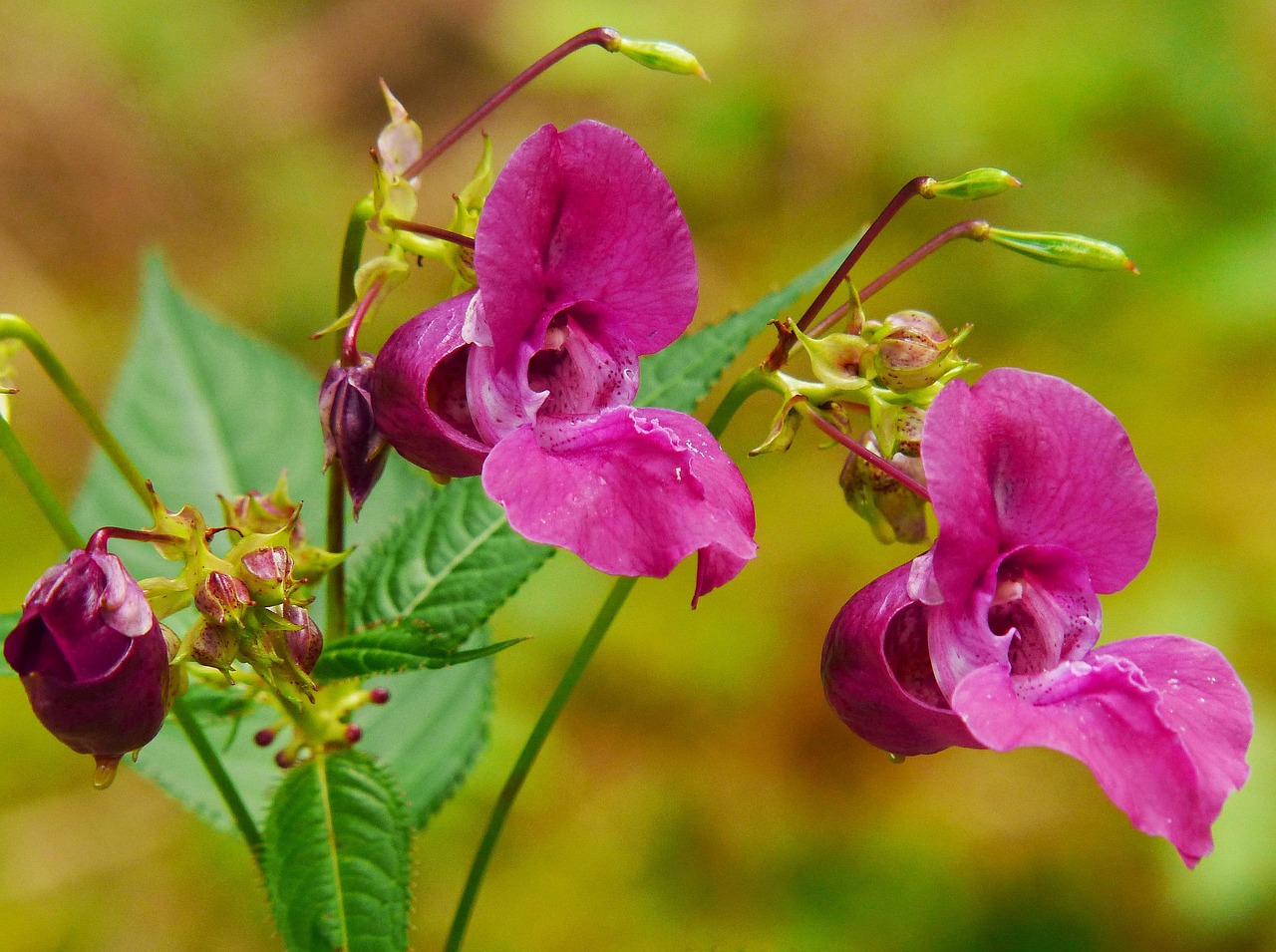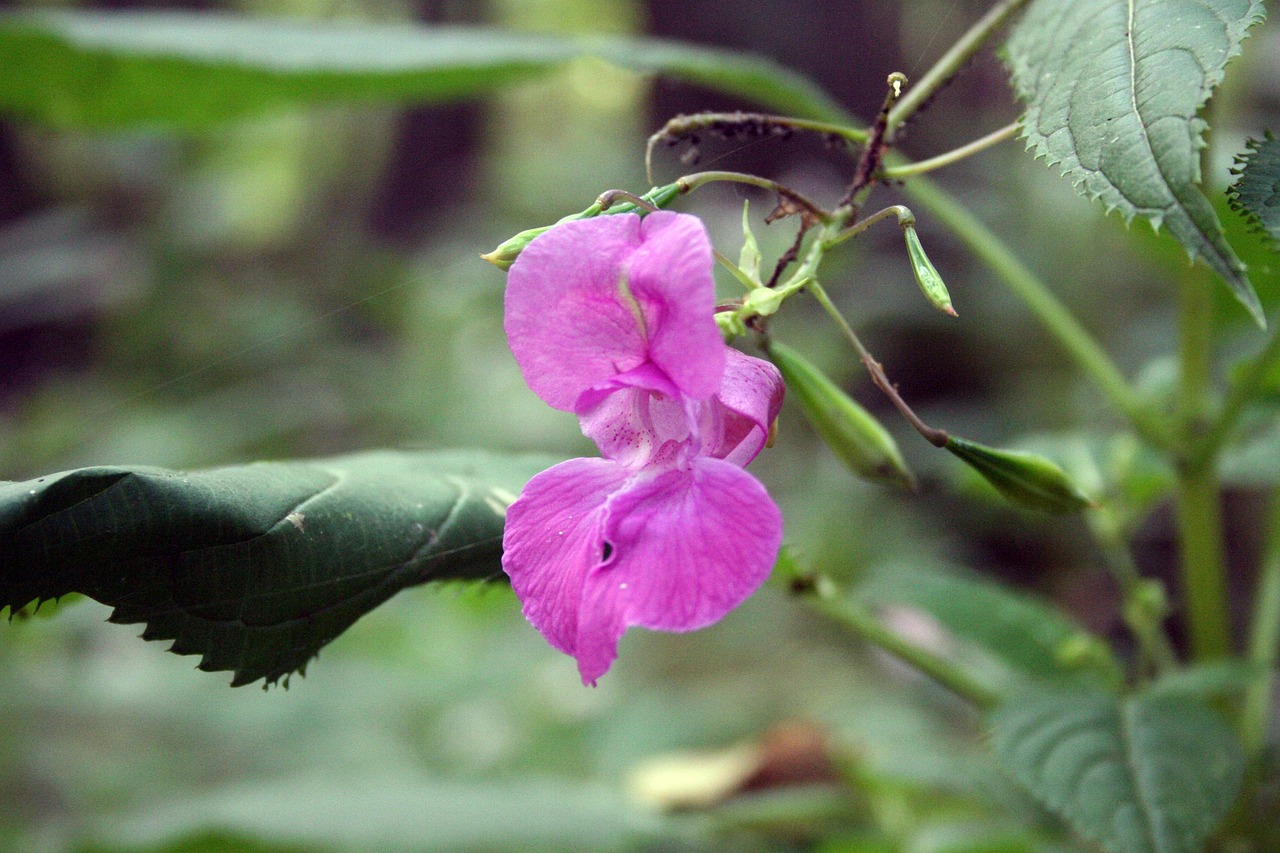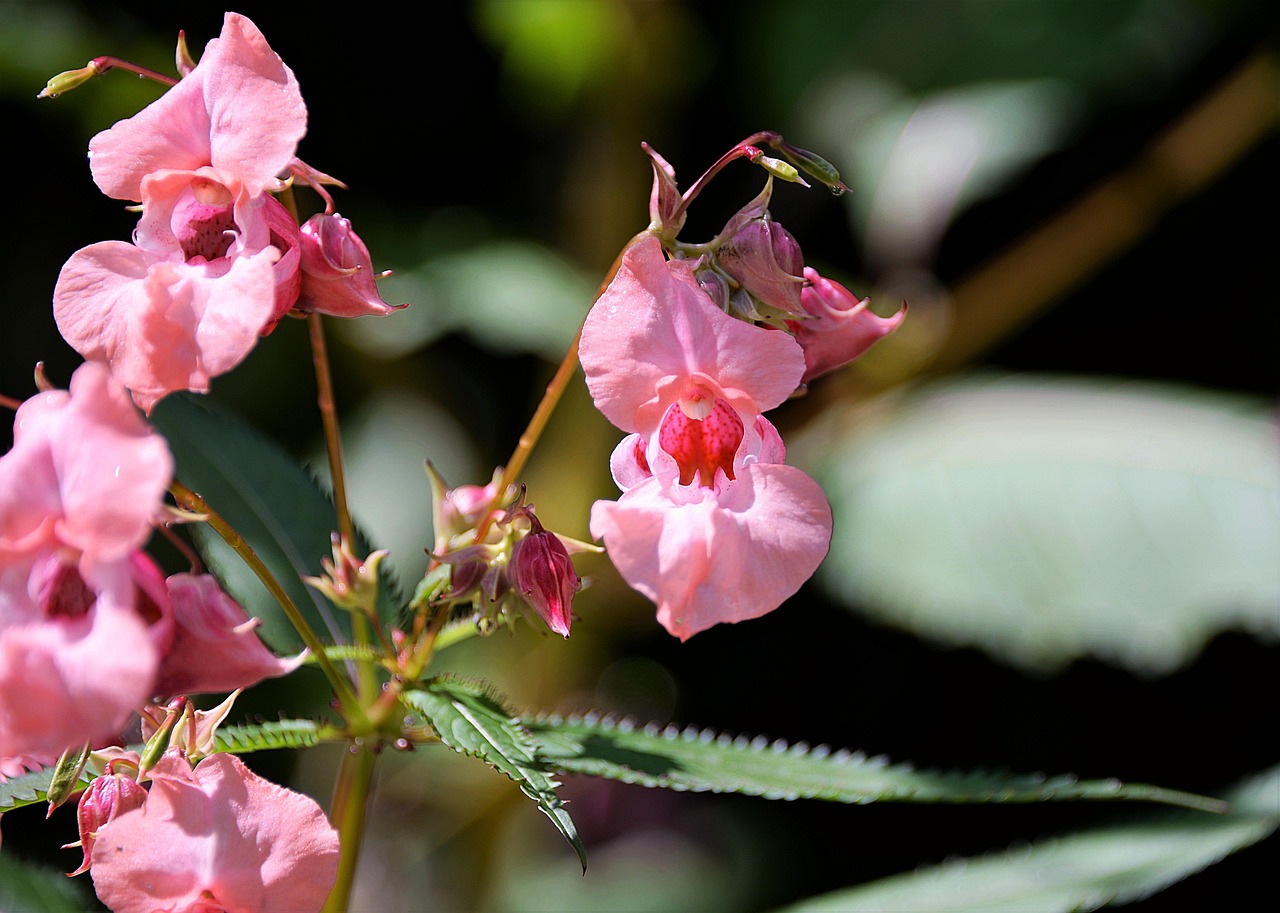Balsam fir sap does possess natural antiseptic properties. It contains compounds that can inhibit the growth of bacteria and fungi, making it beneficial for wound care. However, its effectiveness varies and should not replace conventional antiseptics in serious situations.
Balsam fir (Abies balsamea) is a species of fir tree native to North America. It is well-known for its aromatic sap, which has been used by indigenous communities for various purposes. Among these uses, the potential antiseptic qualities of balsam fir sap have garnered interest. This article explores the natural properties of balsam fir sap, particularly its antiseptic characteristics.
The sap of balsam fir has been traditionally utilized in folk medicine. Its sticky texture and pleasant aroma make it a popular choice for various applications. These include use as a topical treatment for minor cuts and scrapes. The sap’s composition is rich in resin acids and terpenes, which contribute to its antimicrobial properties.
Understanding Antiseptic Properties

Antiseptics are substances that inhibit the growth of microorganisms on living tissues. They are crucial in preventing infections, especially in wound care. The effectiveness of an antiseptic is determined by its ability to kill or inhibit bacteria, viruses, and fungi.
Natural antiseptics have gained popularity due to their perceived safety and lower risk of side effects compared to synthetic counterparts. Many plants and tree saps have been studied for their antimicrobial properties. Balsam fir sap stands out among them due to its unique chemical composition.
Key Components of Balsam Fir Sap
The antimicrobial action of balsam fir sap can be attributed to several key components:
- Resin Acids: These compounds are known for their ability to disrupt bacterial cell membranes, leading to cell death.
- Terpenes: These organic compounds provide the characteristic scent of balsam fir and exhibit antifungal and antibacterial activities.
- Essential Oils: The presence of essential oils enhances the sap’s antimicrobial effects, making it an effective natural remedy.
Furthermore, some studies have indicated that balsam fir sap may contain antioxidants, which can help reduce oxidative stress in cells. This property may also contribute to its healing capabilities when applied to wounds.
Historical Uses of Balsam Fir Sap
Historically, balsam fir sap has been utilized by various cultures for its antiseptic properties. Indigenous peoples of North America often used it in traditional medicine. Some common applications included:
- Topical treatment for minor injuries.
- Inhalation for respiratory conditions due to its soothing aroma.
- Use in poultices to promote healing of skin irritations.
The knowledge of these uses has been passed down through generations. Today, many people still turn to natural remedies, including balsam fir sap, for minor health issues.
Scientific Research on Balsam Fir Sap
While traditional uses provide anecdotal evidence of balsam fir sap’s antiseptic properties, scientific research is necessary to validate these claims. Studies have focused on the extraction and analysis of the sap’s components. Researchers aim to identify specific compounds responsible for its antimicrobial effects.
Initial findings suggest that extracts from balsam fir demonstrate activity against common pathogens. However, further studies are needed to determine appropriate concentrations and methods of application for optimal results.
Potential Applications in Modern Medicine
The potential applications of balsam fir sap in modern medicine are exciting. As the trend towards natural remedies continues, there is increasing interest in incorporating plant-based substances into healthcare products. Balsam fir sap could serve as:
- A natural alternative in wound care products.
- An ingredient in herbal remedies for respiratory ailments.
- A component in skincare formulations aimed at promoting healing.
These applications highlight the need for ongoing research into the safety and efficacy of balsam fir sap. Understanding its properties can lead to innovative uses in both traditional and modern healthcare settings.
Comparative Analysis: Balsam Fir Sap vs. Other Natural Antiseptics
When considering balsam fir sap as a natural antiseptic, it is useful to compare it with other well-known natural antiseptics. This comparison can provide insights into the relative effectiveness and potential applications of balsam fir sap in various settings.
Common Natural Antiseptics
Several natural substances have been recognized for their antiseptic properties. Below is a list of some of the most commonly used natural antiseptics along with their characteristics:
| Natural Antiseptic | Key Ingredients | Antimicrobial Properties |
|---|---|---|
| Tea Tree Oil | Terpinen-4-ol, α-terpineol | Effective against bacteria, fungi, and viruses. |
| Honey | Hydrogen peroxide, methylglyoxal | Known for its antibacterial properties and wound healing. |
| Aloe Vera | Vitamins, enzymes, amino acids | Antimicrobial and promotes skin healing. |
| Lavender Oil | Linalool, linalyl acetate | Effective against bacteria and has soothing properties. |
This table outlines key natural antiseptics and their active components. Each of these substances provides unique benefits. Balsam fir sap, with its resin acids and terpenes, offers a different profile of antimicrobial activity compared to these other options.
Mechanism of Action in Antiseptics
Understanding how natural antiseptics work is crucial for evaluating their effectiveness. The mechanisms of action can vary significantly among different substances. Here are some common mechanisms that may apply to balsam fir sap:
- Cell Membrane Disruption: Compounds such as resin acids can disrupt the integrity of bacterial cell membranes, leading to cell death.
- Biofilm Inhibition: Some natural antiseptics prevent the formation of biofilms, which are protective layers that bacteria form to shield themselves from the immune system and antibiotics.
- Oxidative Stress Induction: Terpenes in balsam fir sap may induce oxidative stress in microbial cells, causing damage to proteins and DNA.
The specific mechanisms that balsam fir sap employs against pathogens require further exploration through scientific studies. Understanding these mechanisms can enhance its application in medical settings.
Safety and Considerations
While balsam fir sap shows promise as a natural antiseptic, it is essential to consider safety and potential side effects. The following points are important for users to keep in mind:
- Allergic Reactions: Some individuals may experience allergic reactions to balsam fir sap. It is advisable to conduct a patch test before widespread use.
- Concentration Matters: The effectiveness of balsam fir sap may depend on its concentration. Higher concentrations may provide better results but could also increase the risk of irritation.
- Consultation Recommended: It is advisable to consult healthcare professionals before using balsam fir sap for treating wounds or infections, especially in individuals with pre-existing conditions.
The balance between efficacy and safety is crucial when considering natural remedies. Continued research will provide more insights into the optimal usage of balsam fir sap.
Practical Applications and DIY Remedies
Balsam fir sap can be incorporated into various DIY remedies for its antiseptic properties. Here are some practical applications:
- Topical Ointment: Combine balsam fir sap with carrier oils such as coconut or olive oil to create a soothing ointment for minor cuts and scrapes.
- Inhalation Remedy: Use balsam fir sap in steam inhalation for respiratory relief. This can help soothe airways and provide a calming aroma.
- Skin Balm: Mix balsam fir sap with beeswax and essential oils to create a protective balm for dry or irritated skin.
These applications
Exploring the Chemistry of Balsam Fir Sap
The unique properties of balsam fir sap can be attributed to its complex chemical composition. Understanding the chemistry behind balsam fir sap is essential to comprehending its natural antiseptic qualities. The primary components responsible for its antimicrobial effects include resin acids, terpenes, and various phenolic compounds.

Resin Acids
Resin acids are among the most significant constituents of balsam fir sap. These acids contribute to the sap’s viscosity and sticky texture. They also play a crucial role in its antimicrobial activity. Key resin acids found in balsam fir sap include:
- Abietic Acid: Known for its antibacterial properties, abietic acid disrupts bacterial cell membranes, leading to cell lysis.
- Pimaric Acid: This compound exhibits antifungal properties and can inhibit the growth of certain fungi.
- Dehydroabietic Acid: Known for its potential to combat various pathogens, this acid is a key player in the sap’s overall effectiveness.
The presence of these resin acids underscores the importance of balsam fir sap in natural medicine. As researchers continue to explore these compounds, they may uncover additional benefits and applications.
Terpenes
Terpenes are aromatic compounds that contribute to the distinctive scent of balsam fir. They possess various biological activities, including antimicrobial effects. Some notable terpenes found in balsam fir sap include:
- α-Pinene: This terpene has shown effectiveness against several bacterial strains and is known for its anti-inflammatory properties.
- β-Pinene: Similar to α-pinene, β-pinene exhibits significant antibacterial activity and can enhance respiratory function when inhaled.
- Limonene: Known for its citrus aroma, limonene is recognized for its antifungal properties and can help lift mood and ease respiratory issues.
The diverse range of terpenes present in balsam fir sap enhances its therapeutic potential. Their combined effects may contribute to a synergistic impact when used in natural remedies.
Extraction Methods for Balsam Fir Sap
To utilize balsam fir sap effectively, proper extraction methods are necessary. Understanding how to extract and process the sap ensures its quality and potency for use in remedies. Here are some methods of extraction:
Traditional Tapping
The traditional method of collecting balsam fir sap involves tapping the tree. This process typically includes:
- Selecting a Healthy Tree: Choose a mature balsam fir tree that shows signs of healthy growth.
- Making a Cut: A shallow cut is made in the bark to access the sap. Care should be taken not to damage the tree excessively.
- Collecting the Sap: The sap flows out and is collected in containers. It is important to collect it promptly to ensure freshness.
Steam Distillation
Another method involves steam distillation, which can extract essential oils from balsam fir sap. This method includes:
- Preparing the Sap: The collected sap is placed in a distillation apparatus.
- Applying Heat: Steam is introduced, causing the volatile compounds to evaporate.
- Collecting Distillate: The resulting distillate contains essential oils and other beneficial compounds that can be used in various applications.
Each extraction method has its advantages and may yield different qualities of sap or essential oils. Proper technique is essential for ensuring that the beneficial properties remain intact.
Commercial Uses of Balsam Fir Sap
Balsam fir sap is increasingly being recognized for its commercial applications beyond traditional medicine. Its unique properties have led to its incorporation into various products across industries. Some commercial uses include:
- Cosmetics: Balsam fir sap is utilized in skincare products for its moisturizing and healing properties. It can be found in creams, balms, and lotions aimed at promoting skin health.
- Aromatherapy: The pleasant scent of balsam fir makes it a popular choice in aromatherapy products. Essential oils derived from the sap are used in diffusers and bath products for relaxation and therapeutic benefits.
- Candles and Incense: Balsam fir sap adds a refreshing fragrance to candles and incense sticks, enhancing their appeal.
The versatility of balsam fir sap opens new avenues for commercial use while promoting natural alternatives in these industries. The growing trend towards sustainable and plant-based products further enhances its market potential.
Sustainability Considerations
As interest in balsam fir sap increases, sustainability becomes an important consideration. Sustainable harvesting practices are essential to ensure that this natural resource remains viable for future generations. Responsible tapping techniques and tree care can help maintain healthy forests while allowing communities to benefit from their resources.
Encouraging sustainable practices not only preserves the environment but also promotes local economies that rely on natural products. Adopting such practices will ensure that balsam fir sap continues to be available for both traditional and modern applications.
Potential for Future Research

The exploration of balsam fir sap as a natural antiseptic presents numerous opportunities for future research. As scientific interest grows, there are several key areas that warrant further investigation:
- Clinical Trials: Conducting clinical trials to test the efficacy and safety of balsam fir sap in wound care can provide valuable data. These studies can help establish recommended dosages and application methods.
- Comparative Studies: Research comparing balsam fir sap with other natural and synthetic antiseptics could elucidate its relative effectiveness, helping to position it within the broader landscape of antiseptic options.
- Mechanistic Studies: Understanding the specific mechanisms by which balsam fir sap inhibits microbial growth will enhance the scientific community’s knowledge of its properties and may lead to the development of new formulations.
- Ecological Impact Assessments: As harvesting practices for balsam fir sap increase, studies focusing on the ecological impact of these practices are essential. This research can help ensure that sustainable methods are employed, preserving forest ecosystems.
Advancements in these areas can contribute to a better understanding of balsam fir sap’s potential, paving the way for innovative applications in both traditional and modern medicine.
Regulatory Considerations
As balsam fir sap gains popularity in commercial products, regulatory considerations become increasingly important. Ensuring that products containing balsam fir sap meet safety standards is crucial for consumer protection. Regulations may include:
- Ingredient Labeling: Clear labeling of balsam fir sap in cosmetic and medicinal products helps consumers make informed choices.
- Quality Control Standards: Implementing quality control measures during the extraction and manufacturing processes ensures that products maintain their efficacy and safety.
- Certification for Organic Products: As demand for organic and natural products grows, obtaining certification can enhance marketability while adhering to consumer preferences.
Compliance with these regulations not only benefits consumers but also enhances the credibility of manufacturers who produce balsam fir-based products.
Consumer Awareness and Education
Promoting consumer awareness about the benefits and uses of balsam fir sap is essential. As natural remedies gain traction, educating the public can facilitate more informed choices regarding health and wellness. Key educational initiatives could include:
- Workshops and Seminars: Hosting events that inform consumers about the properties of balsam fir sap and how to use it safely can empower individuals to explore natural remedies.
- Online Resources: Developing websites or social media campaigns focusing on the benefits of balsam fir sap can raise awareness and encourage responsible use.
- Collaboration with Health Professionals: Engaging with healthcare providers to share information about natural alternatives can help integrate balsam fir sap into holistic health practices.
By fostering a deeper understanding of balsam fir sap, consumers can make empowered choices that align with their health philosophies.

Final Thoughts
Balsam fir sap showcases remarkable potential as a natural antiseptic, backed by traditional use and emerging scientific evidence. Its unique chemical composition, marked by resin acids and terpenes, provides a promising foundation for antimicrobial activity. As interest in natural remedies continues to grow, balsam fir sap represents an exciting option for those seeking alternatives to synthetic products.
The ongoing exploration of its properties, combined with sustainable harvesting practices, can ensure that this natural resource remains viable for future generations. As research expands and regulatory frameworks are established, the market for balsam fir sap products is likely to flourish.
Ultimately, the journey of balsam fir sap from traditional use to modern applications highlights the importance of nature in providing effective solutions for health and wellness. With continued investigation and consumer education, balsam fir sap may find its rightful place as a staple in both natural medicine and commercial products.
